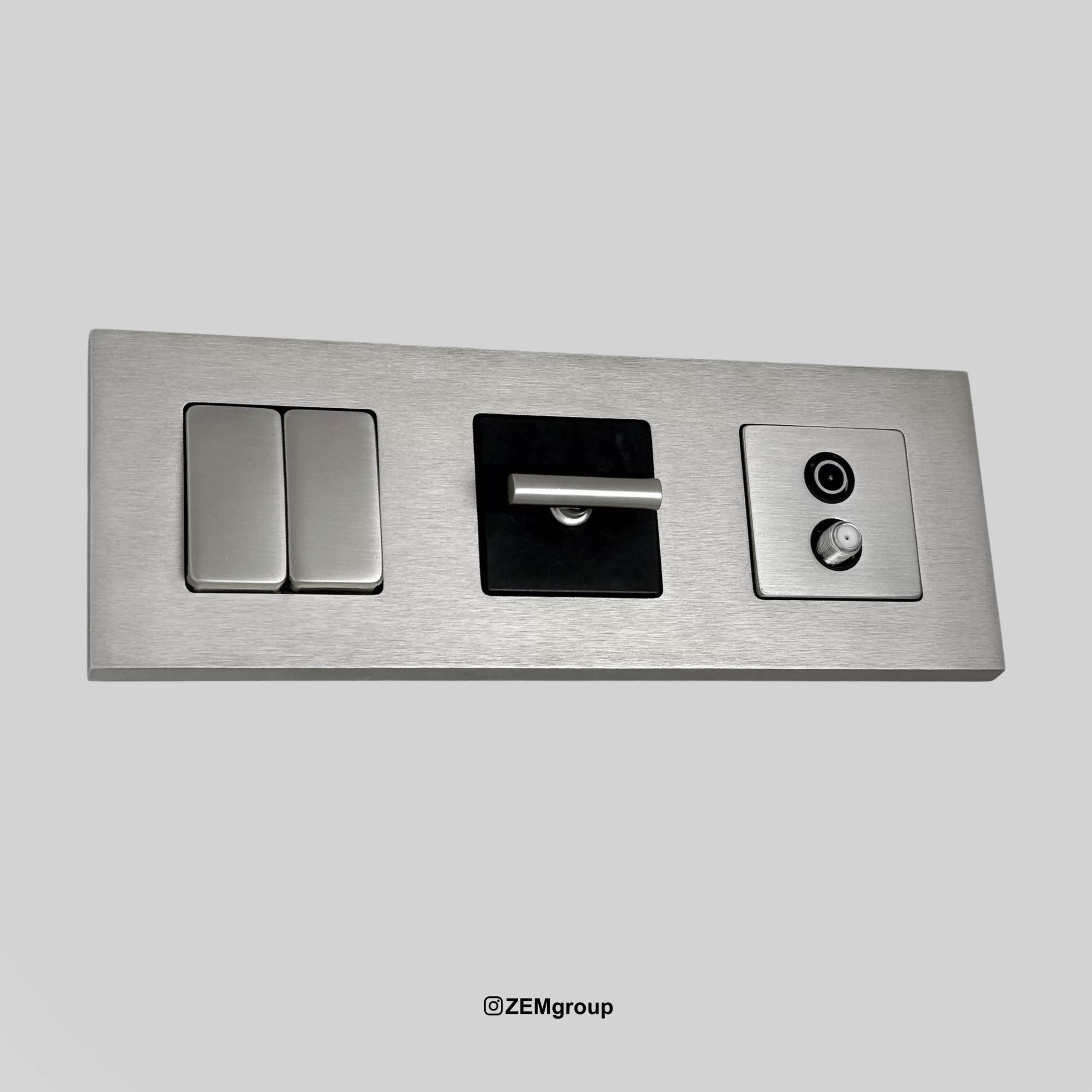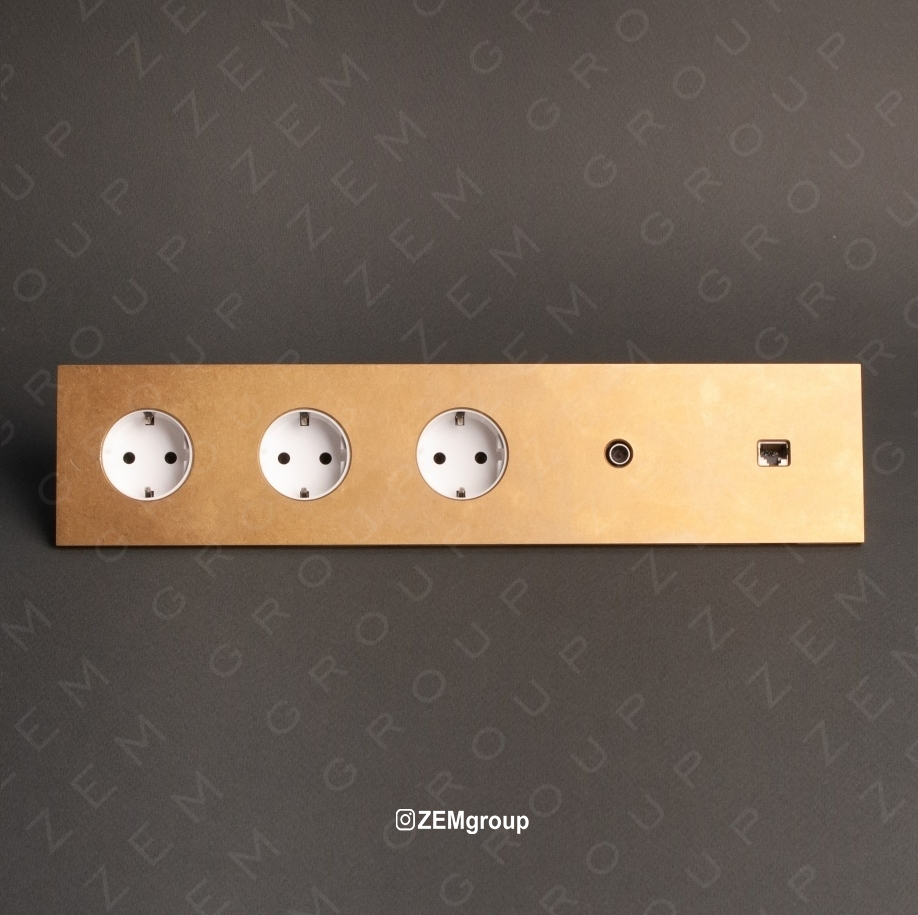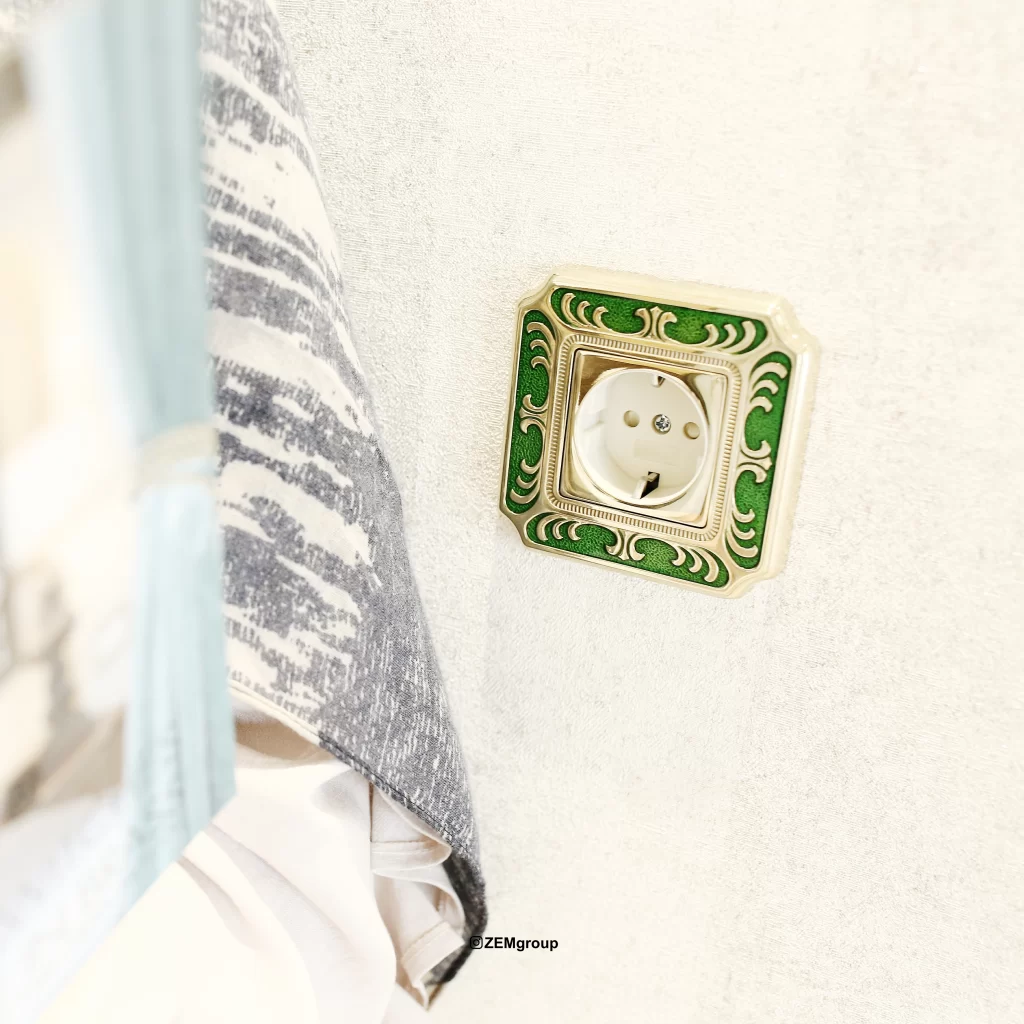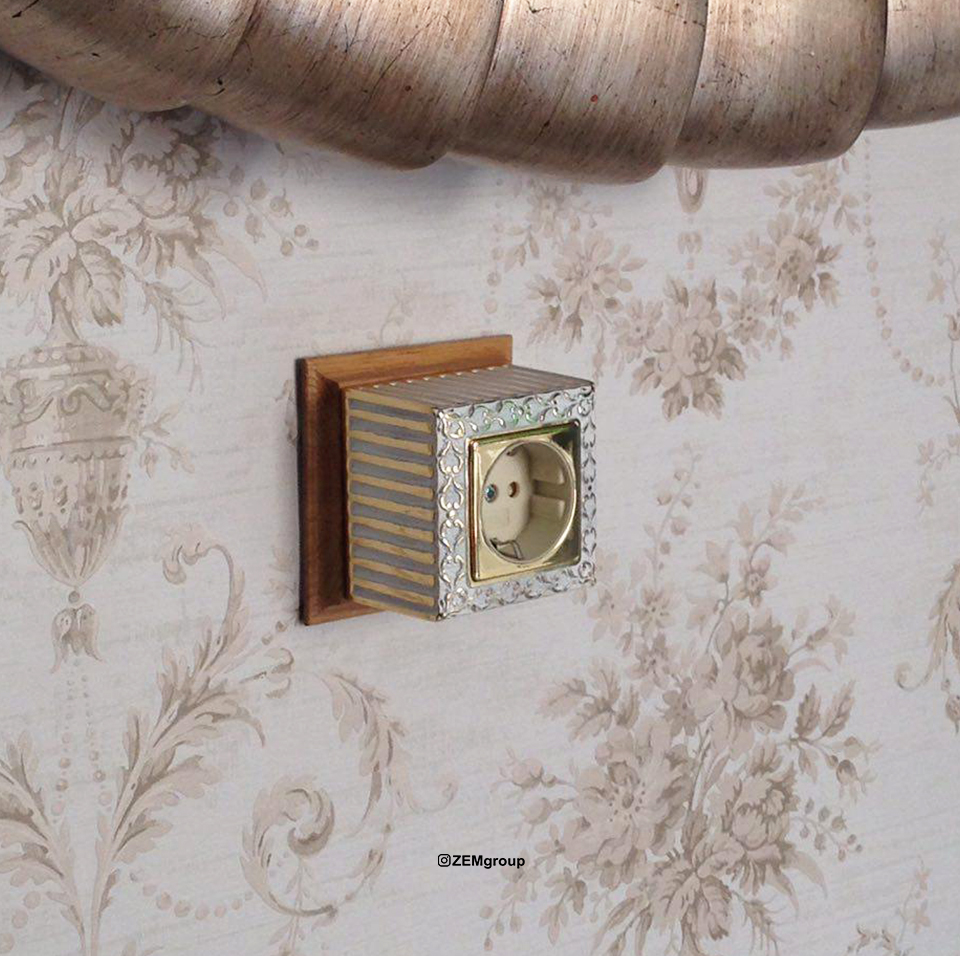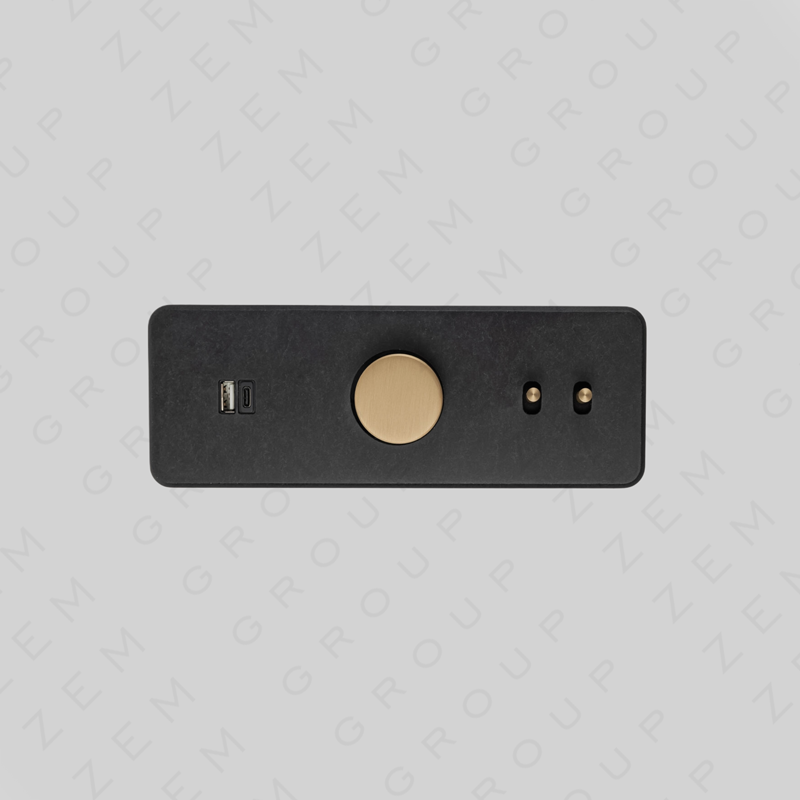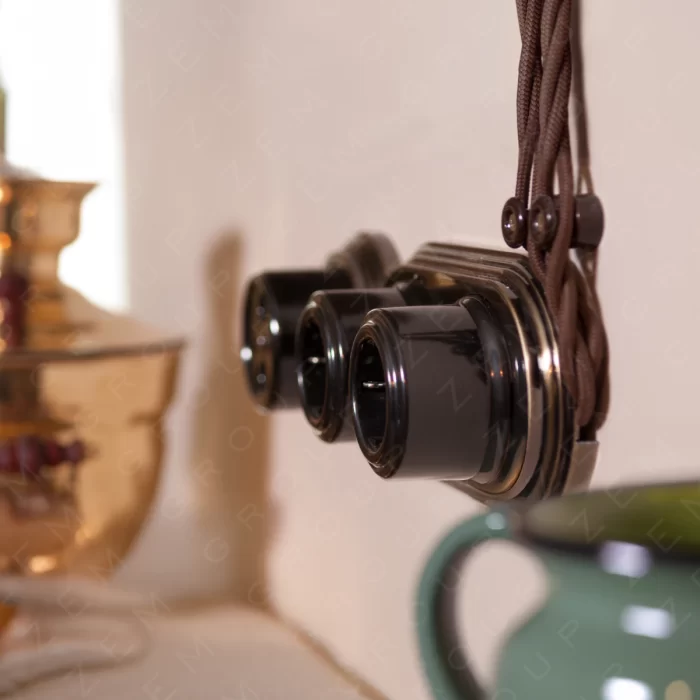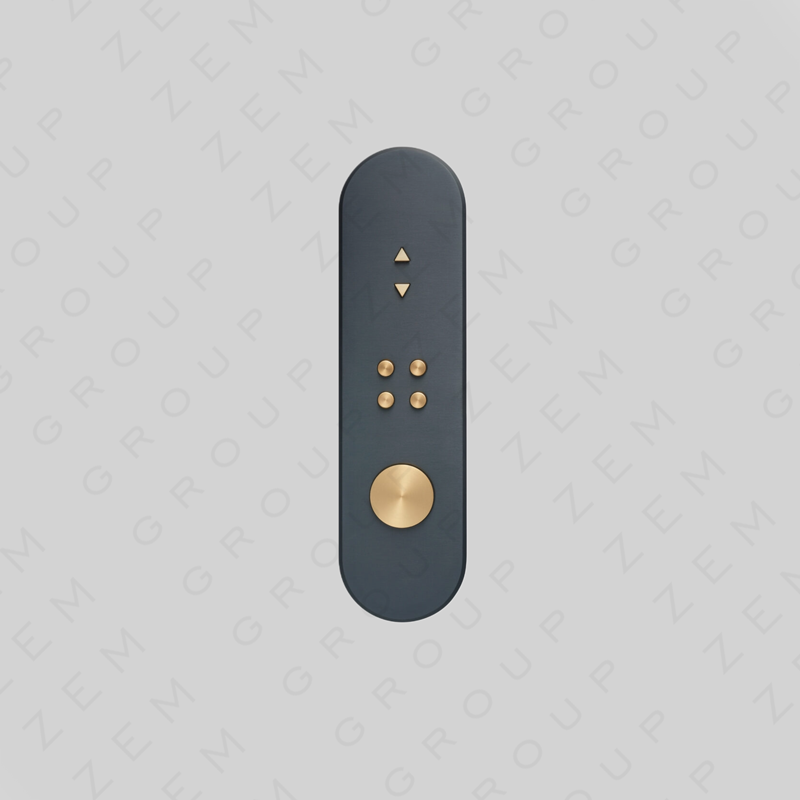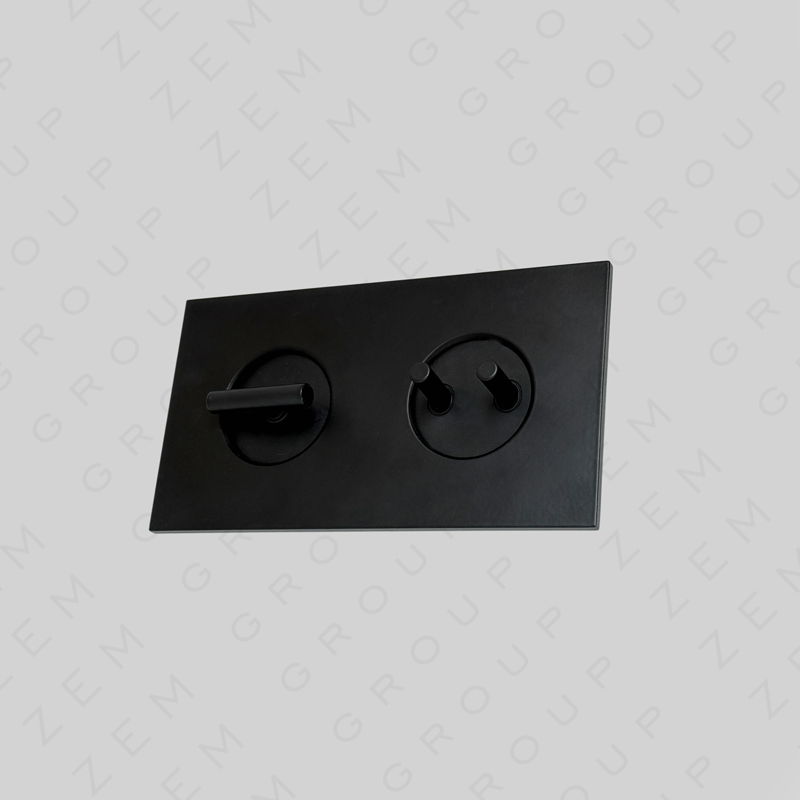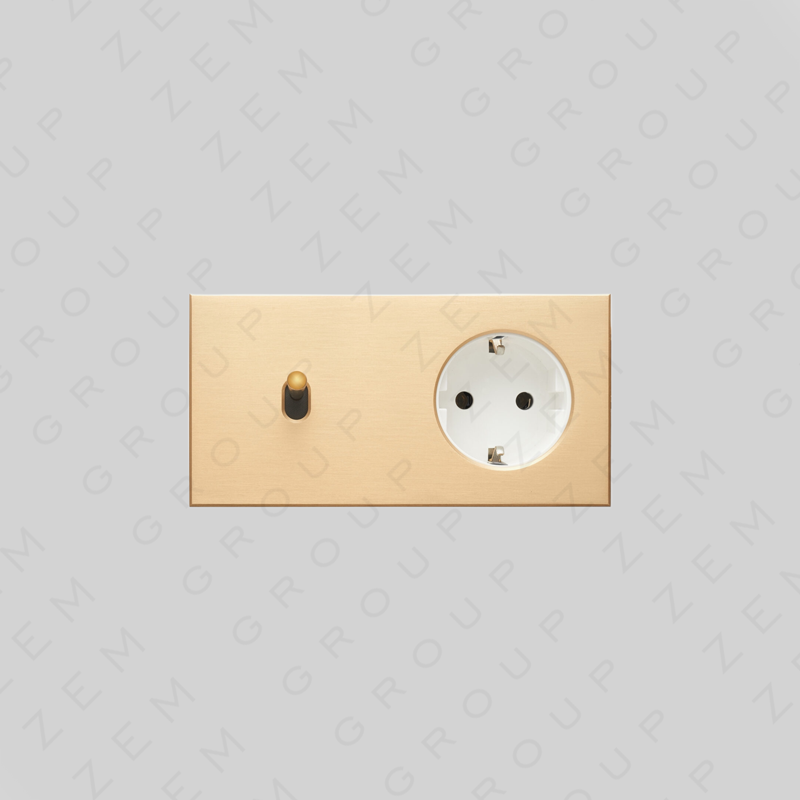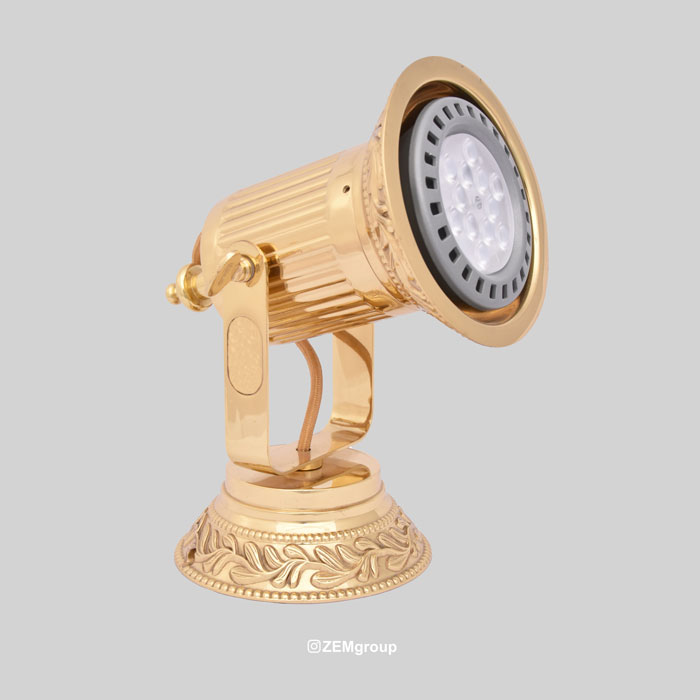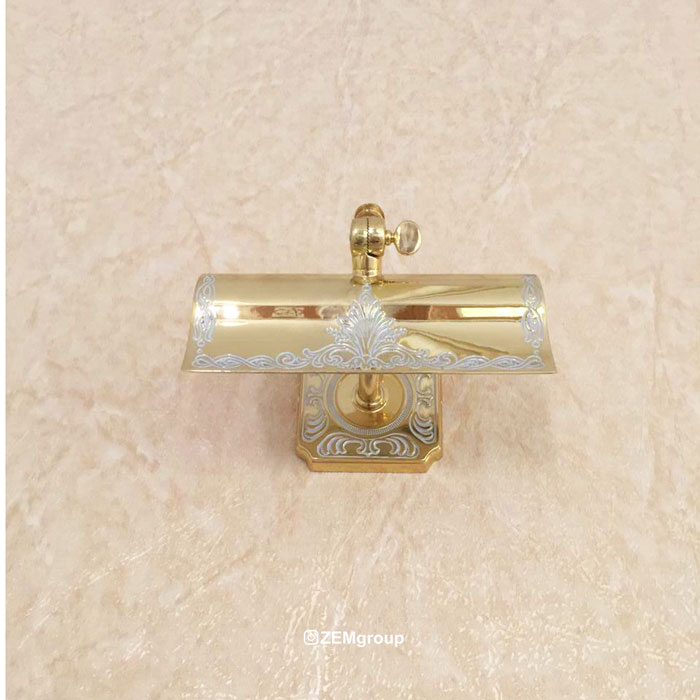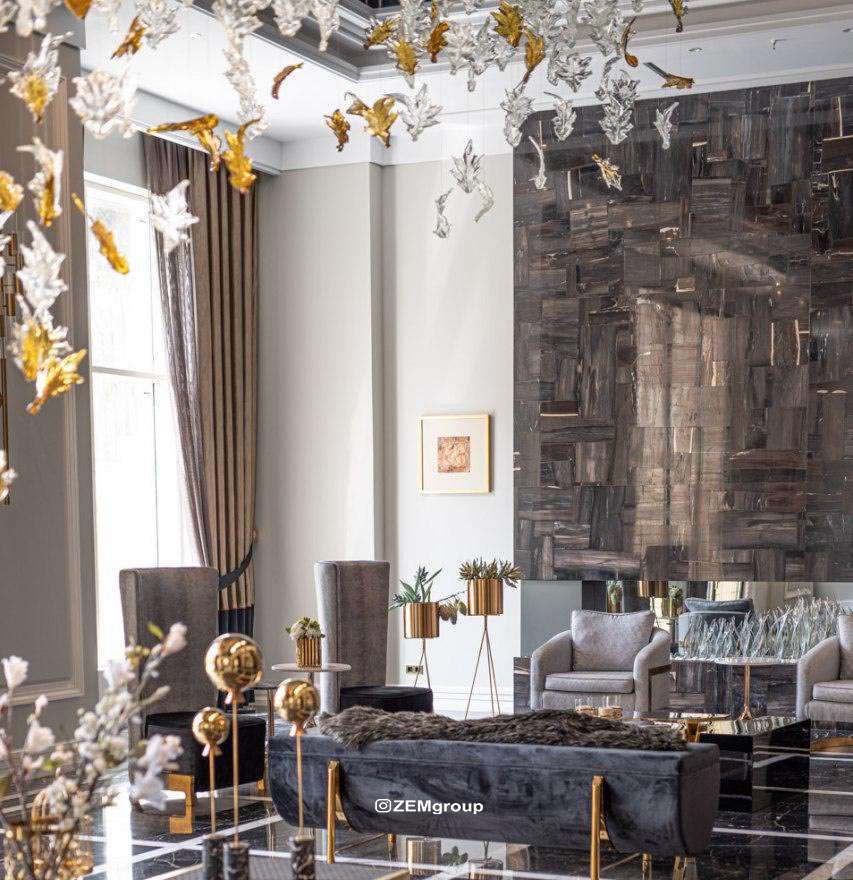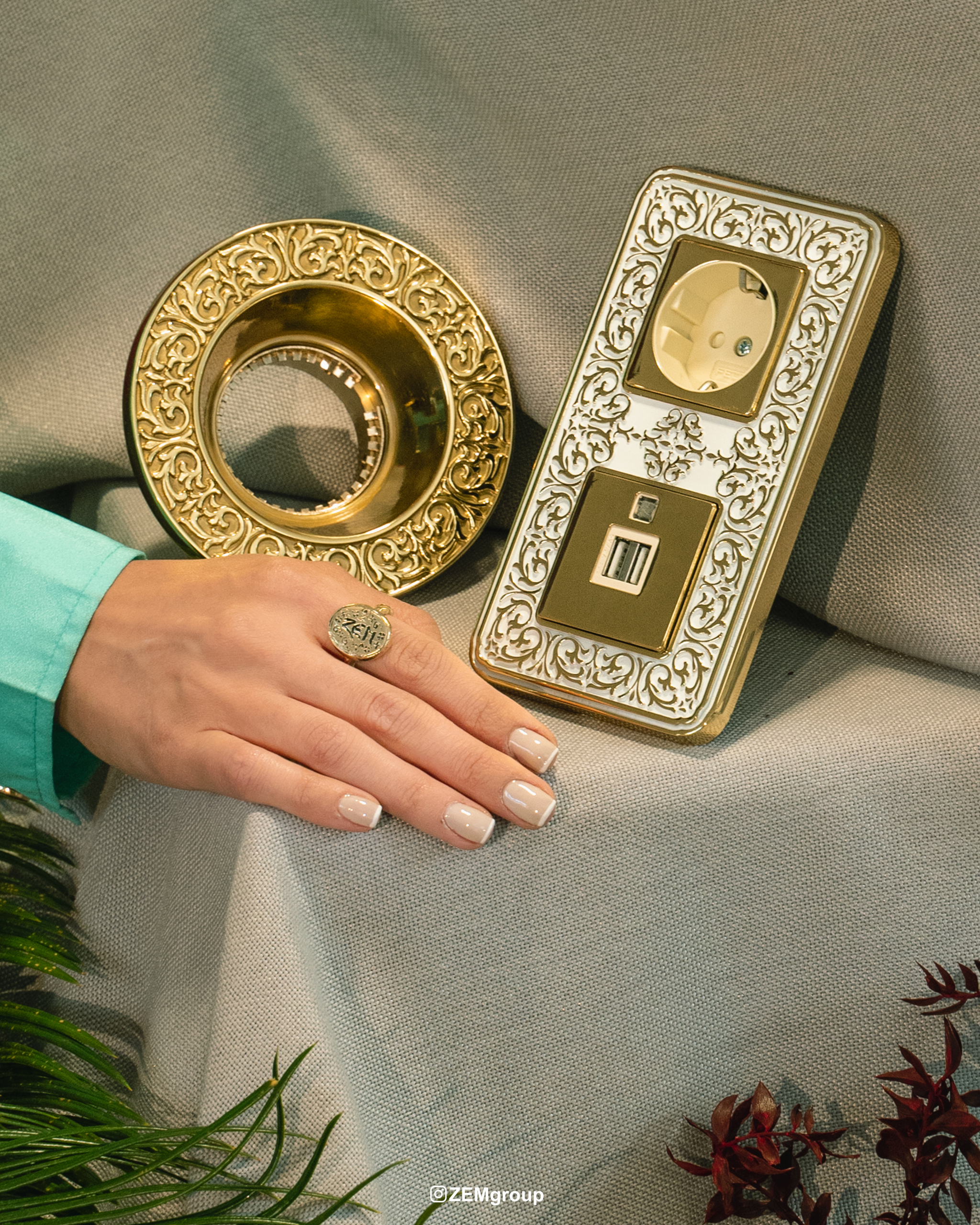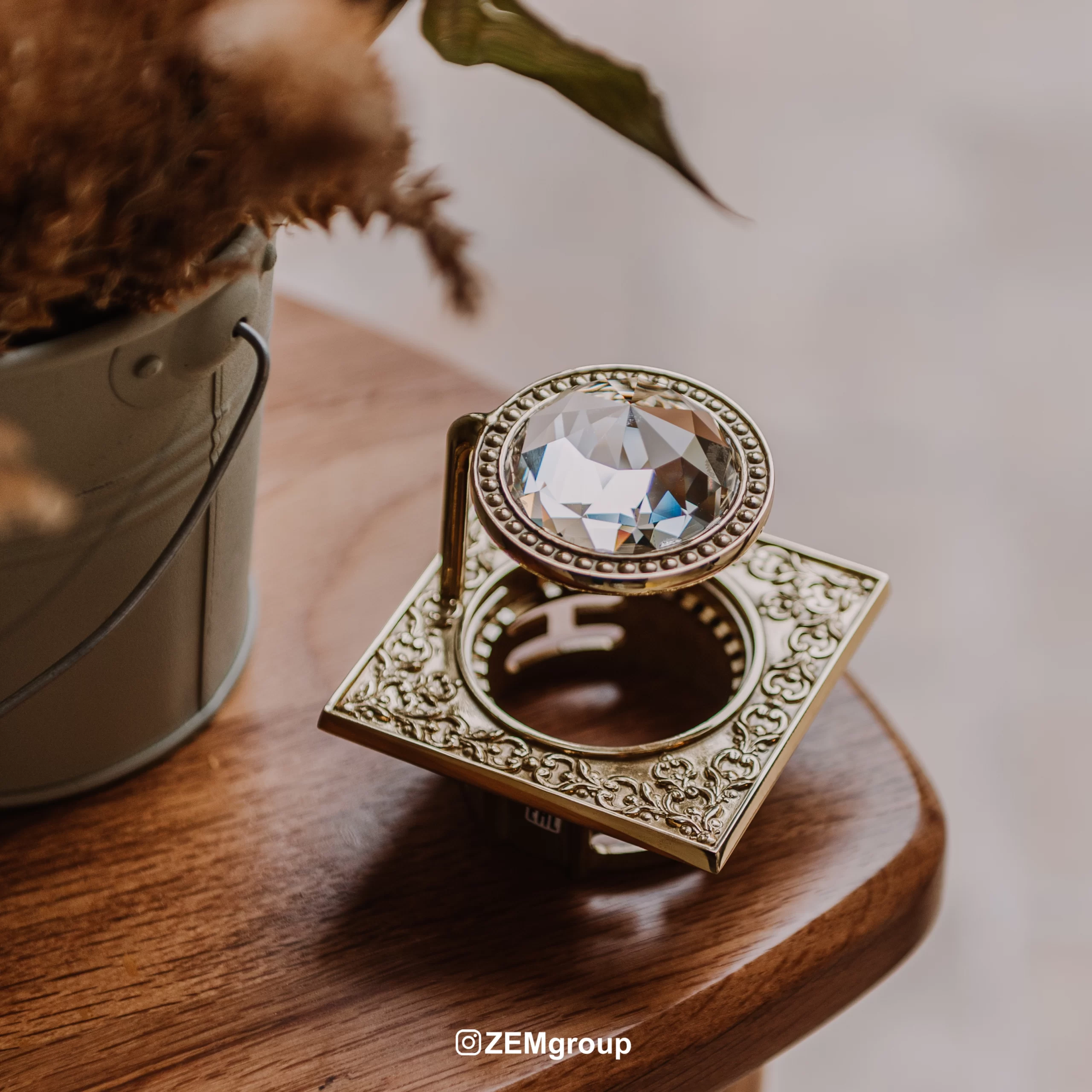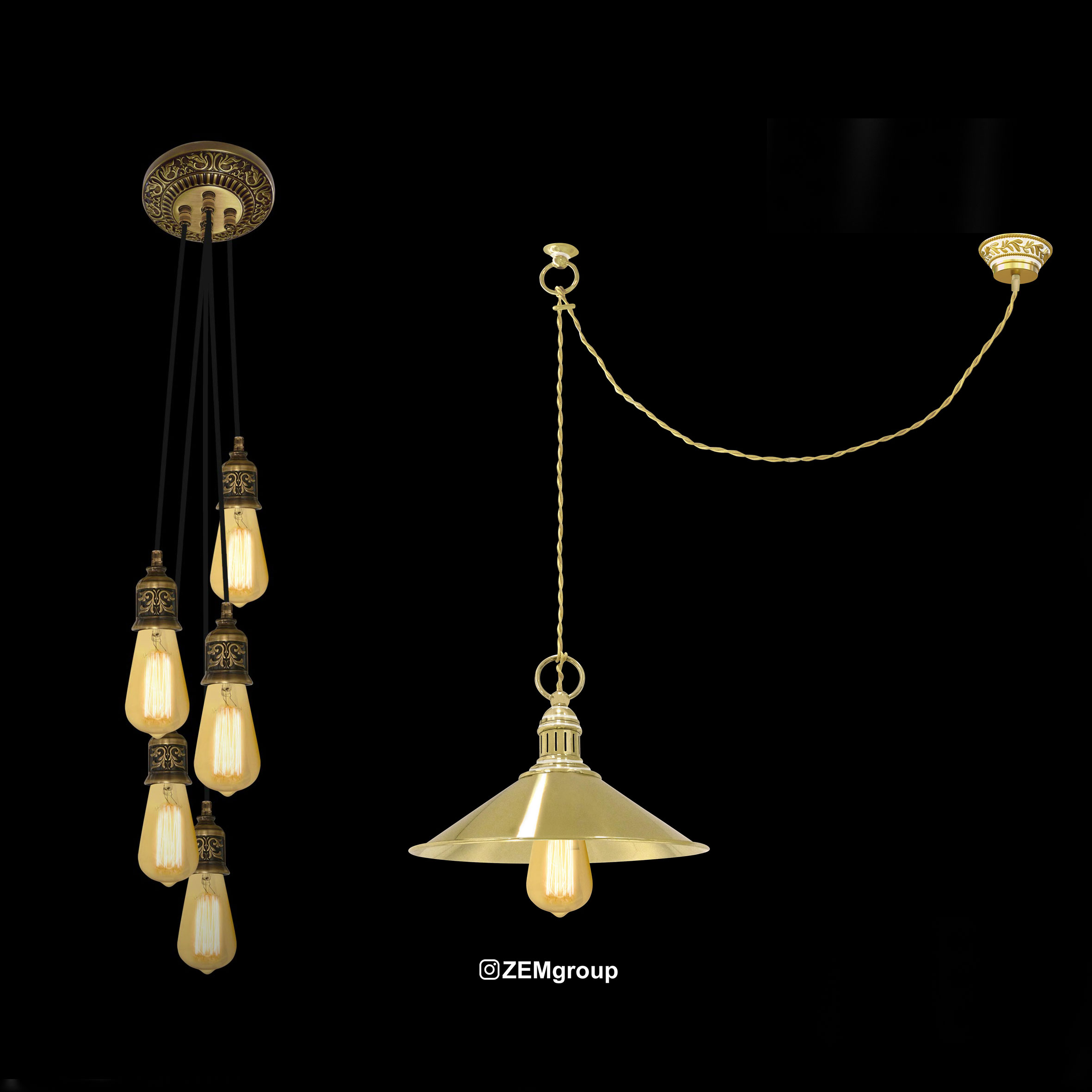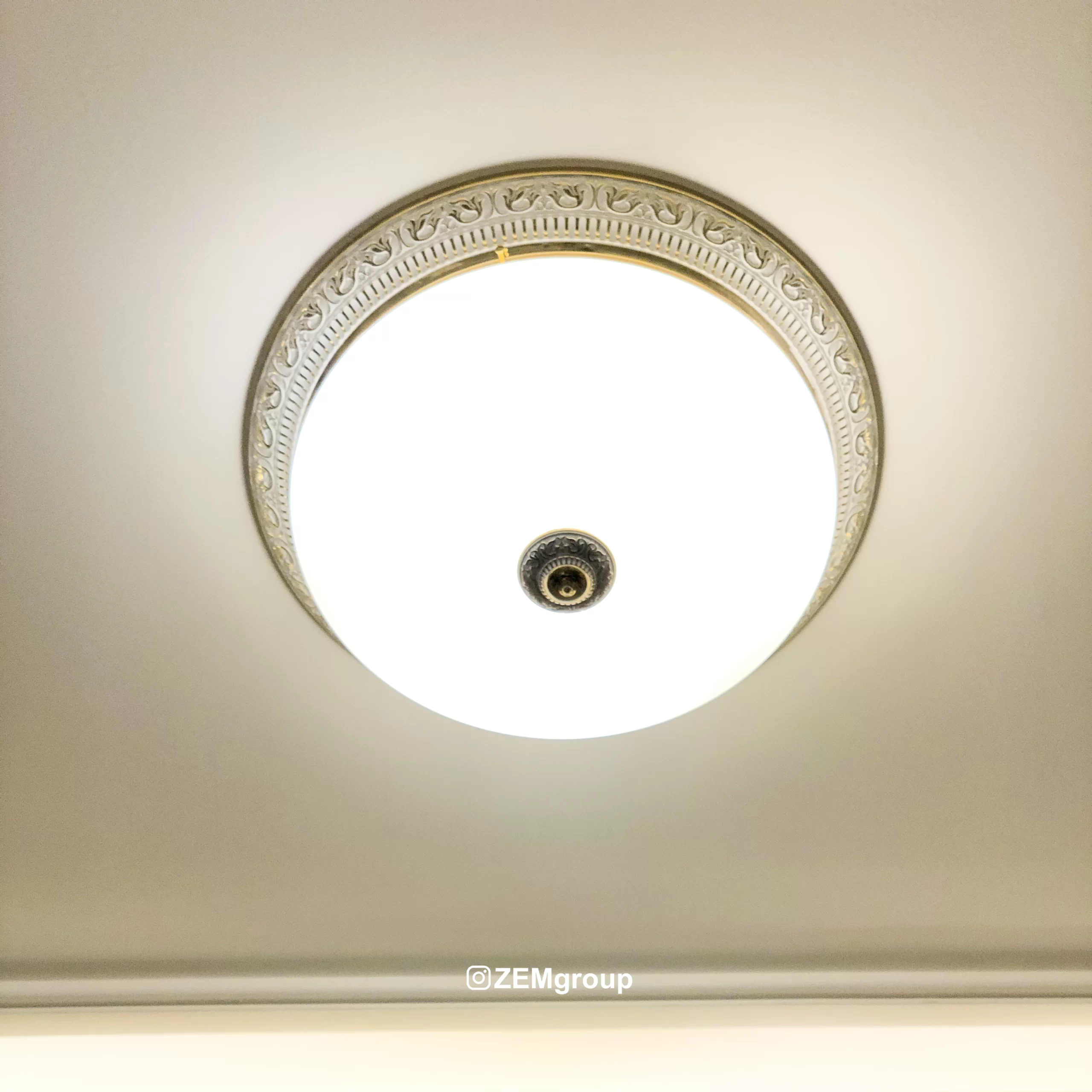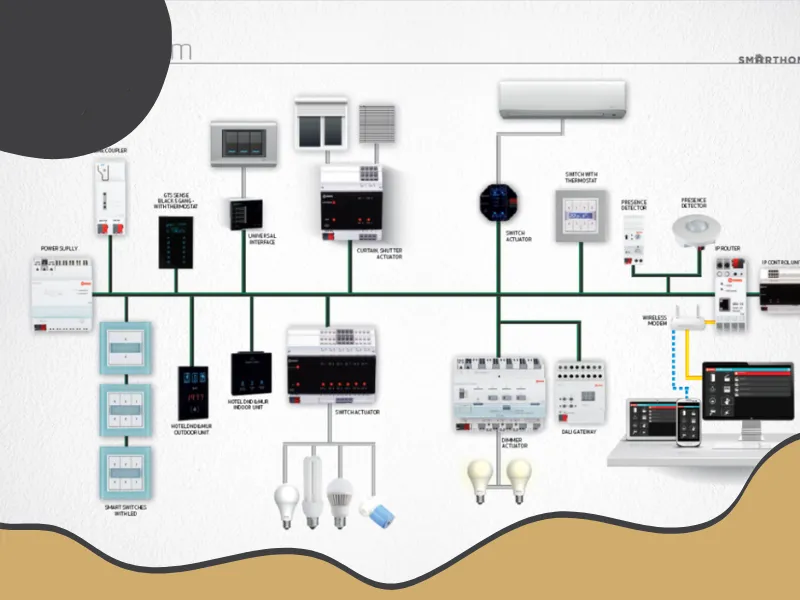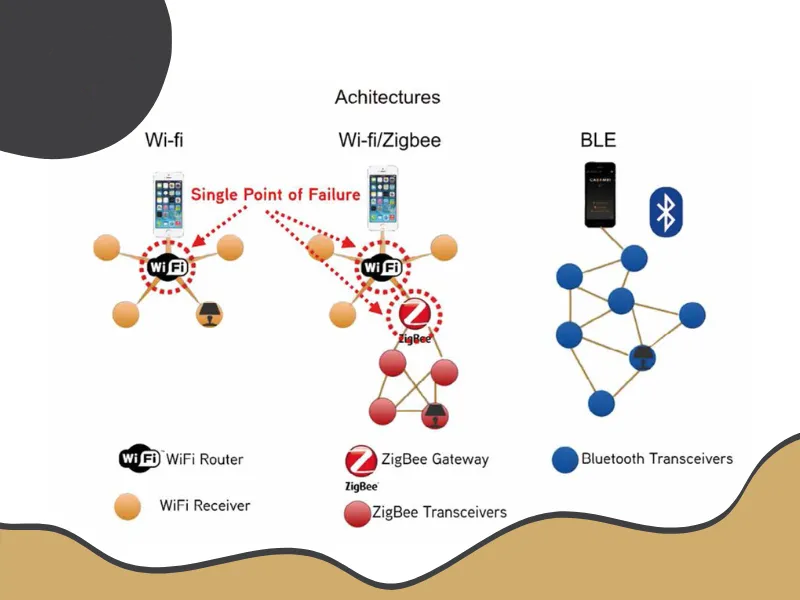How to Enhance Interior Design with the Right Choice of Unique Light Switches and Sockets?
levating Interior Design Through the Right Choice of Switches and Sockets
In interior design, small details often have the greatest impact. One such detail that is frequently overlooked is the selection of electrical switches and sockets. Choosing these elements smartly and in harmony with the overall décor not only enhances the beauty of the space but also reflects a sense of unity and thoughtful design. In this article, we’ll explore how selecting the right, distinctive switches and sockets can add a unique and professional flair to any interior.
The Role of Switches and Sockets in Visual Identity
At first glance, switches and sockets may seem like simple, purely functional elements. However, in professional interior design, these small features can play a decisive role in shaping a space’s personality. A room’s visual identity isn’t just defined by furniture, lighting, or wall color—it emerges through the harmony of all elements, including the tiniest details. Since switches and sockets are repeated throughout a space, selecting them carefully can create a strong visual cohesion.
How Do Switches and Sockets Reinforce Design Styles?
The right switch or socket can complete and reinforce the style of a room. For instance, in minimalist interiors where simplicity, clean lines, and a clutter-free aesthetic are key, flat switches in neutral tones like white, gray, or matte black help maintain visual consistency. Conversely, in classical or neoclassical styles, switches and sockets with glossy metal frames, intricate details, or rich tones like gold and bronze add a sense of luxury and focus on detail.
Even in industrial or modern styles, unique switches made from materials like metal, concrete, or dark finishes can deepen the raw, edgy atmosphere. The crucial point is that these selections should align with other design elements—not just to stand out, but to contribute to a more cohesive look.
Ultimately, when chosen wisely, distinctive switches and sockets not only serve their practical purpose but also become subtle yet impactful components of a space’s visual language—elements that suggest careful, intentional design.
Distinctive Switches and Sockets: Small Details with a Big Impact
In professional interior design, no detail is too small to matter. Unique switches and sockets are prime examples of elements that, despite their size, can dramatically highlight a design style. Thanks to their different materials, special colors, or unique designs, these elements can catch the eye and convey a sense of meticulousness and distinction.
Using distinctive switches and sockets isn’t just about aesthetics; it also reflects the personality of a space. For instance, in a modern and smart home, installing touch-sensitive switches with subtle backlighting communicates a tech-savvy, forward-thinking vibe. Or in a rustic, nature-inspired space, switches made of wood or with handmade detailing can enhance the warm, cozy atmosphere.
These seemingly simple components, when chosen with care, become a kind of designer’s signature—proof that beauty has not been forgotten, even in the smallest parts of the design.
Matching the Color and Material of Switches and Sockets with Interior Style
In professional interior design, the choice of color and material for switches and sockets plays a role beyond mere function. When selected correctly, these small details can serve as complementary elements that elevate the room’s visual cohesion. Today, distinctive models like Soho, wooden, or porcelain switches offer ideal matches for various décor styles.
Minimalist Elegance: The Soho Model
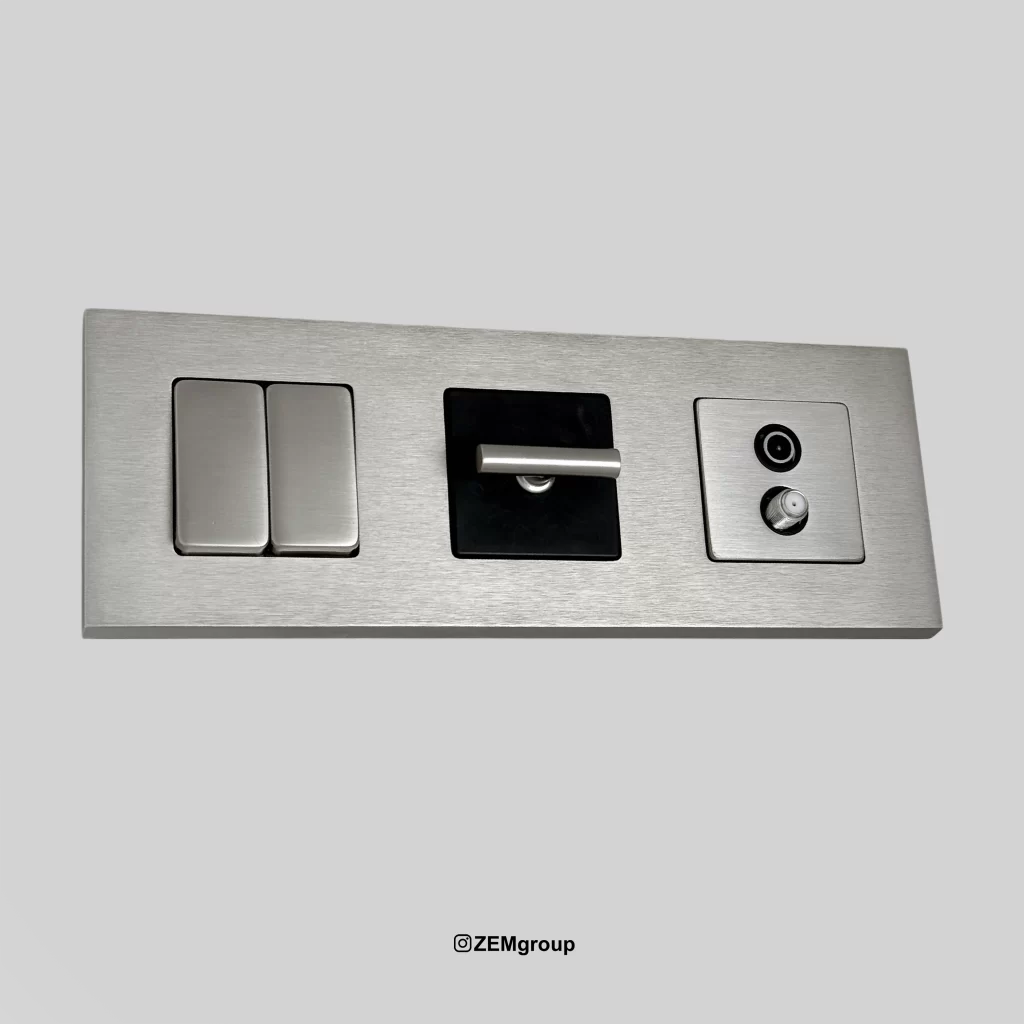
The Soho switch and socket model is characterized bya flat design, clean lines, and neutral colors, making it a perfect example of minimalist style. With high-quality materials, slim bodies, and smooth surfaces, it fits seamlessly into modern, industrial, or minimalist interiors. Color options like white, black, graphite, and silver provide flexibility to harmonize with wall finishes, modern furniture, and linear lighting. If you’re aiming for a sleek, stylish simplicity, Soho is a smart and professional choice.
Warmth and Authenticity: Wooden Switches and Sockets
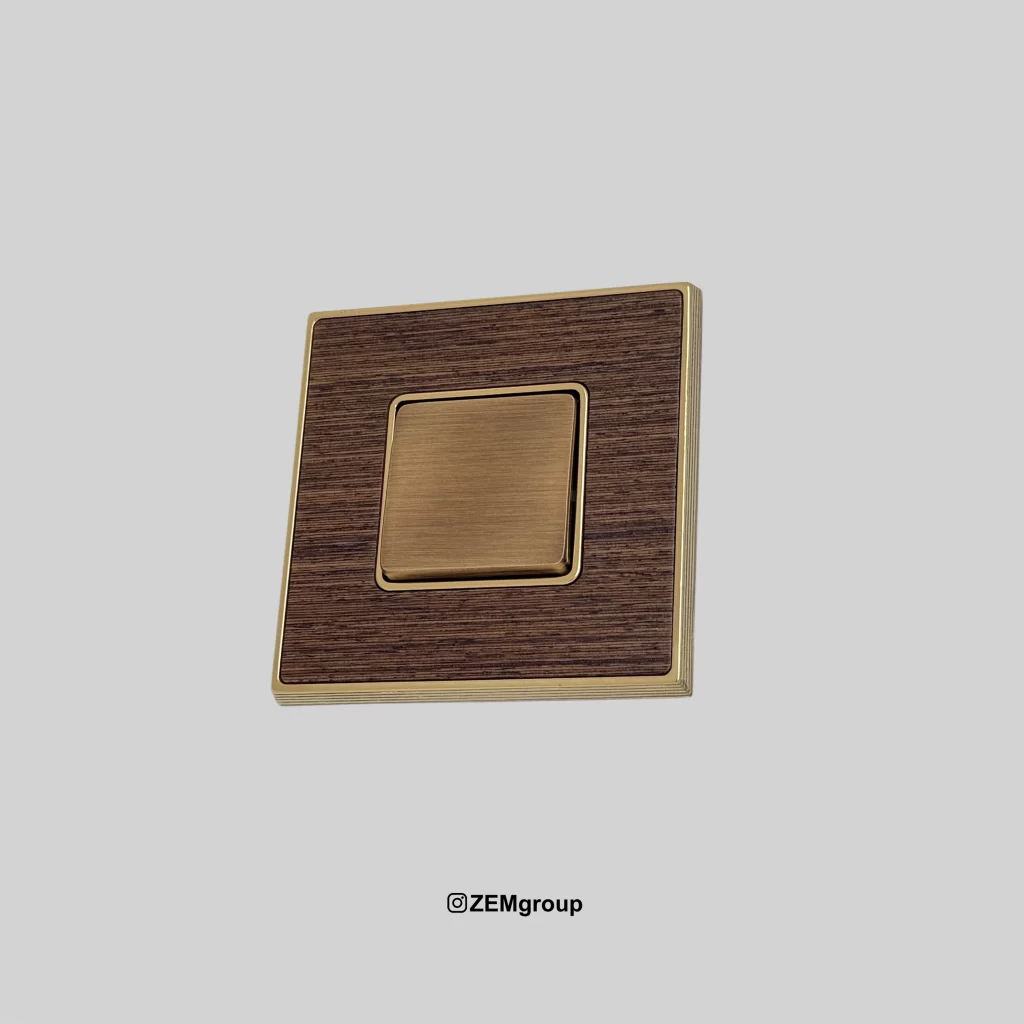
If your space is inspired by nature, classic elements, or a fusion of traditional and modern design, wooden switches are an unmatched choice. These switches, with natural wood frames, bring a sense of warmth, intimacy, and authenticity. Their wide range of shades—from light oak to rich walnut—makes them easy to coordinate with wooden floors, classic furniture, or warm-toned walls. They’re a perfect artistic choice for those who care about detail and want to combine function with natural beauty.
European Sophistication: Porcelain Models
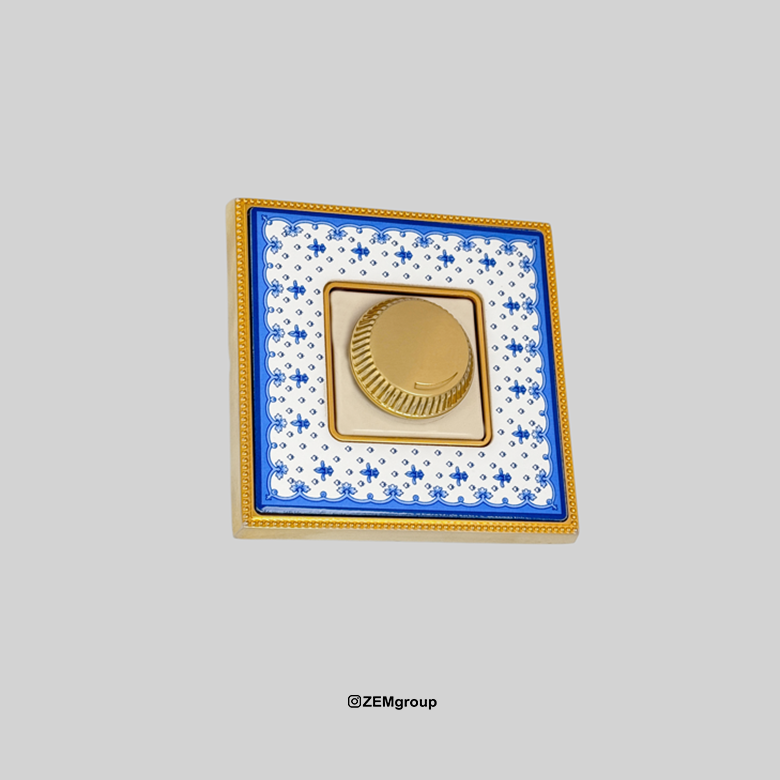
Porcelain switches and sockets are a blend of traditional European design and modern quality. Their glossy white ceramic base pairs elegantly with metal frames in finishes like bronze, gold, or nickel. This unique design evokes a classic, grand, and luxurious feel. Porcelain models are ideal for interiors in neoclassical, Art Deco, or even Eastern European 19th-century styles. The material and round shapes of the switches create a nostalgic yet timeless look.
The Impact of Minimalist or Classic Design on the Space’s Appeal
A space only becomes truly polished and appealing when even its smallest details—like switches and sockets—align with its overall design style. The difference between a plain space and one that feels attractive and professional often comes down to these subtle choices. In this sense, the design of switches and sockets—whether minimalist or classic—can significantly strengthen a room’s identity and visual appeal.
Minimalist Design: Effortless Harmony and Modern Elegance
In minimalism, the goal is simplicity and reducing visual clutter. Minimalist switches—such as Soho models—tend to have flat forms, neutral tones, and very thin or no frames. This clever simplicity makes the space feel more cohesive, clean, and organized. Pairing these with plain walls or raw materials like concrete or light wood brings a professional yet calming effect to the room.
Classic Design: Rich Details with a Sense of Heritage
In contrast, if the space is rooted in classical, vintage, or neoclassical elements, then choosing classically designed switches adds visual depth. Models like wood or porcelain, with rounded forms, decorative frames, and historically inspired materials, pair beautifully with moldings, wall sconces, and classic furnishings. These switches aren’t just functional—they’re decorative focal points that draw attention.
Practical Tips for Choosing Switches and Sockets for Each Room
Choosing the right switches and sockets for each area of the house has a direct impact on both aesthetics and functionality. Using distinctive switches that align with the décor gives each room a unique charm. Familiarity with the latest modern models also helps you select the best options based on specific needs.
Living Room and Lounge: Opt for Luxurious and Distinctive Designs
In living rooms and lounges, switches and sockets are part of the visual identity. Selecting stylish, coordinated designs—such as the Soya model—can enhance the room’s charm and convey a modern feel. With simple, elegant lines, this model fits well with both minimalist and modern interiors, adding small yet impactful design touches.
Kitchen: Choose the Latest Models for Practicality and Style
Kitchens are high-traffic, functional spaces that need durable switches and sockets with appropriate design. Choose modern models with features like water resistance and high durability, ensuring both function and form. The Marco model, with a sturdy body and contemporary design, is an excellent choice—delivering both resilience and visual appeal in harmony with cabinets and kitchen gear.
Bedroom: Blending Calmness and Beauty with Unique Designs
The bedroom is a space for relaxation, and the right switches and sockets help foster that mood. Distinctive models made of materials like wood or porcelain not only add visual charm but also a sense of warmth and comfort to the room.
Bathroom and WC: Safety and Aesthetics Combined in Modern Designs
In moisture-prone areas like bathrooms, using switches and sockets that meet safety standards is essential. The latest modern models with water-resistant materials offer the ideal solution—balancing both safety and elegance. For example, the Soya model, with a durable body and waterproof surface, is a perfect choice for bathrooms, blending performance with modern, distinctive style.
Frequently Asked Questions
1. Why is choosing distinctive switches and sockets important in interior design?
Although small in size, switches and sockets play a significant role in completing the visual identity and cohesion of interior design. Choosing distinctive designs enhances the aesthetic value and overall beauty of the space.
2. Which switch and socket styles are most suitable for interior design?
Depending on your interior style, you can choose from minimalist, classic, wooden, porcelain, or sleek modern models that match the colors and materials of other elements in the room.
3. What makes a switch or socket “distinctive”?
Distinctive switches and sockets typically feature unique designs, high-quality materials like wood or porcelain, and color schemes tailored to complement specific interior styles—helping set the space apart.
4. How do you select the right switch or socket for different areas of the home?
Choose based on the room’s function, humidity level, décor style, and intended use. For instance, kitchens need water-resistant models, while bedrooms benefit from warmer, more comforting designs.
5. What are the advantages of the latest modern switch and socket models?
In addition to their attractive appearance, modern models offer features like high durability, easy installation, and compatibility with current technologies—enhancing convenience and style.
6. How do modern switches and sockets support minimalist design?
With clean lines and neutral colors, modern switches and sockets create a neat and serene space, adding sleek elegance to minimalist interiors.
